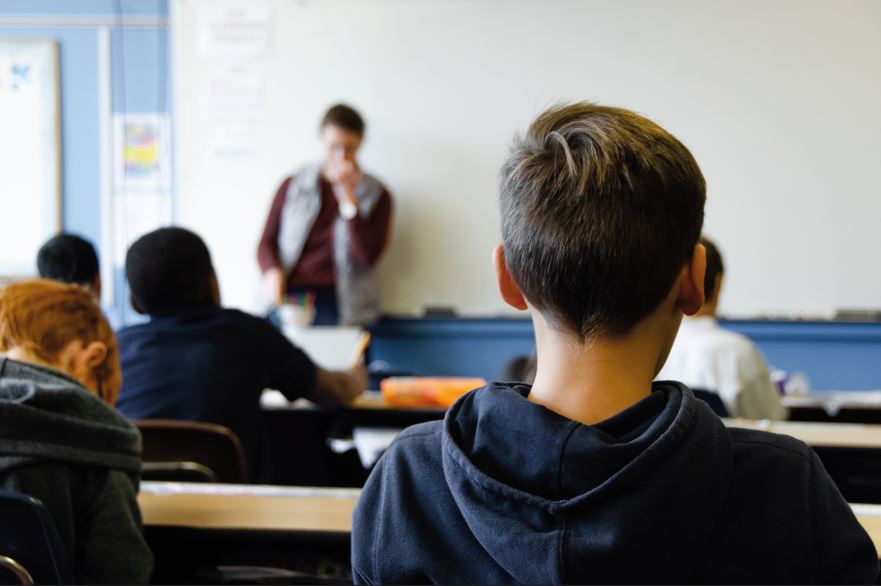
Mike Egan, Business Development Manager, Corporate Sales at Mitsubishi Electric, explains how schools and colleges can move quicker towards net zero by focusing on building services
Schools and colleges currently account for 36% of total building emissions from the public sector in the UK.
The Department of Education (DfE) is already targeting a 75% reduction in carbon emissions and has outlined several recommendations to help reach this goal. While this will ensure new buildings are designed to be net zero in operation, a large proportion of the education building stock is already built. This means the majority of schools will need upgrading and refurbishing in order to meet these targets.
The systems providing heating, hot water, ventilation and cooling to these buildings can have a significant impact on their energy use and carbon footprint, and this offers an important opportunity to reduce carbon emissions by switching to more renewable alternatives such as heat pumps.
A lot of school buildings in the UK require urgent repair work to existing sites, with the government's recent Condition of Buildings Survey estimating the total cost of repairing or replacing these buildings to be £11.4 billion.
However, adapting these buildings is not just about improving their current state of repair but also about reducing the costs associated with their operation, such as energy use. Lowering carbon emissions is also crucial, with many schools still relying on energy-intensive gas boilers for their heating and hot water supply – despite the Streamlined Energy and Carbon Reporting framework requiring many to disclose their emissions associated with gas and electricity use.
With pressure to reduce environmental impact continuing to grow, schools need to find ways of decarbonising these spaces. This is why the building services should be at the heart of any refurbishment plans.
When planning to upgrade or refurbish schools and colleges, the first thing to consider is your building's specific requirements, as these can impact the type of solution they require. For example, specialist colleges offering courses such as catering may have larger kitchen facilities that are at risk of overheating during warmer periods. The times that the building is in use can also affect the heating and cooling demand. Again, for example, some school buildings may be used outside of regular school hours for activities like adult education classes and need heating longer into the evening. It is, therefore, crucial that the different needs of each building are taken into account when choosing the right technology.
When refurbishing these spaces, installers and contractors should opt for equipment that lowers emissions, while improving the benefits to occupants, and meeting the needs of specialist areas – while also taking into account long-term service and maintenance plans. Air-source heat pumps are around 300% more efficient than a traditional gas boiler. They can operate as a single system or as a multi-unit set-up, making them ideal for a range of building types while making it easier to adopt a phased-out approach when replacing gas boilers. For schools that can’t swap out gas for heat pumps at the moment, renewable systems are available that can work alongside the gas boiler in what is known as a bivalent system, where the heat pump and the boiler work together to help reduce carbon emissions.
Ventilation is another important area to consider. However, this should also be balanced with energy efficiency. Mechanical ventilation with heat recovery (MHRV) can minimise the amount of energy lost from bringing in cooler fresh air, by capturing the energy from the extracted air and applying it to the incoming air, allowing occupants to benefit from controlled ventilation and good indoor air quality.
